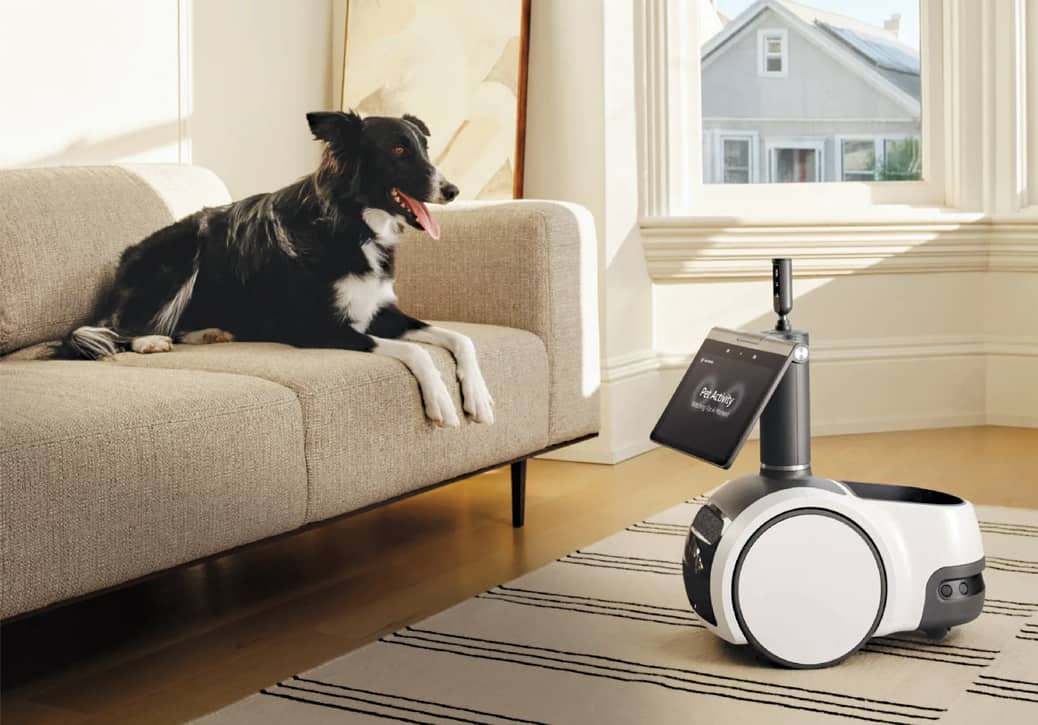Self-care and monitoring are here to stay
By Marc Saltzman
 Here’s a heads-up on the latest health-related gadgets and apps to help you keep healthy, lose weight and manage a variety of medical conditions.
Here’s a heads-up on the latest health-related gadgets and apps to help you keep healthy, lose weight and manage a variety of medical conditions.
You don’t need to be Bill Gates or the late Steve Jobs to see how technology has transformed virtually every industry—be it commerce, communication, transportation, education, finance or entertainment. But the digital revolution is perhaps most evident in the area of healthcare and medicine. From wearable sensors and smart homes that assist the elderly to virtual visits from physicians and 3D-printed prosthetics, it’s a good time to be alive. And alive you might be for a long, long time: The latest stats suggest 50 per cent of today’s Canadians will reach the age of 93 years. Already, more than 15 per cent of Canadians (about five million people) are aged 65 years and older. Perhaps it’s no surprise, then, that digital health funding topped a record US$1.9 billion last year, up 39 per cent compared with 2012 and more than double from the year prior. This is according to a recently published report from Rock Health, a company that funds start-ups in the healthcare technology space.
Here, we look at a few of the latest advances for consumers, including fun ways to stay fit, technology to help you live independently for longer and breakthrough innovations in robotics.
 Wearables
Wearables
While they’re designed more for recreational use right now, rather than catering to serious medical conditions, one of the hottest trends is wearable fitness trackers. In fact, according to a 2014 Accenture Digital Consumer Tech Survey, 52 per cent of consumers said they were interested in buying wearable health trackers. Products such as the Jawbone Up24, Fitbit Force and Nike+ FuelBand SE (each costing $100–$150) have become a popular way to set and track fitness goals.
Usually worn on the wrist, these high-tech yet water- and sweat- resistant bands have a built-in accelerometer and altimeter to count the number of steps and stairs taken, respectively. Throughout the day, you receive information such as the total distance travelled and calories burned, with most fitness bracelets showing you this info on a small LED screen. In addition, almost all will wirelessly sync with a phone or tablet (usually Apple or Android) via Bluetooth, or on a computer, to give you additional data, often in chart and graph form. Many of the accompanying mobile applications (apps) make it easy to track your food and drink intake by scanning a barcode or typing in details.
Many of these fitness sensors include a sleep mode that tells you when you woke up during the night and for how long, and a vibrating alarm to get you out of bed without disturbing a significant other. Garmin has just introduced its Vivofit ($149), which also features an “inactivity tracker” that lets you know if you’ve been sitting idle in one place for too long. The user-replaceable battery lasts a year, says the company, compared with most other fitness bands that need recharging every three or four days.
Many companies are also integrating fitness tech into “smart watches,” such as the Samsung Galaxy Gear-branded products. Along with showing you who’s calling or texting on its sharp, curved, colour screen, the new Galaxy Gear Fit ($219.99) has an integrated heart-rate monitor. Samsung’s latest Galaxy S5 smartphone also includes a heart-rate monitor, as well as a number of sensors to monitor your fitness goals. A number of new fitness-centric wearables were unveiled at the 2014 Consumer Electronics Shows, including the Sony Core and LG Lifeband Touch.
Along with the Android Wear smart watch from Google, due out late in 2014, other tech giants such as Apple and Microsoft have also filed patents for smart watches or hired digital health experts and engineers.
 “Aging in place” solutions
“Aging in place” solutions
It goes by different names—“independent living,” non-assisted living” or the preferred “aging in place”—but these terms mean more or less the same thing: Growing older without having to move to a healthcare environment such as a long-term care facility. According to a recent U.S.-based AARP Aging Indicators study, 89 per cent of people aged 50 years and older want to remain in their own home for as long as possible. This figure jumps to 95 per cent among respondents age 80 years and older. Today, high-tech monitoring systems and other gadgets are helping seniors age in place independently, while giving families peace of mind in the process.
Activity monitors typically involve sensors around the home that can alert a remote family member, caregiver or emergency-response service if an at-risk elderly person is doing—or not doing—something. For example, they might detect if a senior is still in bed past the usual time or if he or she hasn’t open the fridge door or medicine cabinet in, say, five hours, and then contact a designated person by phone, email or text message. Installation, which is done by a professional, is often folded into the monitoring cost.
As an example, GE’s Home Assurance and Personal Emergency Response package (about $199 for hardware, monthly monitor starts at $29.99) includes sensors that monitor whether seniors are engaging in their regular activities at home, and provides a call button in case of a fall or illness.
Other products let a remote caregiver or health professional monitor a senior’s health with the aid of a small in-home appliance. Such monitoring machines can often also give information to a patient or answer questions via a live operator on the other end. Honeywell’s HomMed ($70–$100 per month) is such a solution that measures heart rate, blood pressure, blood sugar and weight (or customizable parameters based on an individual’s specific illness)—and, with its built-in wireless connectivity, can alert someone remotely in case of dramatic changes.
And then there are emergency pendants. Worn by an at-risk senior, usually around the wrist or neck, an emergency pendant can be pressed in case of an emergency, such as after a fall, and a call is immediately made to 911 and pre-programmed numbers for family members. The level of service and monthly fees (if any) vary between providers.
 You might remember “I’ve fallen…and I can’t get up!” a popular early ’90s catchphrase from TV commercials. While the price might vary slightly depending on your loved one’s needs, the Life Alert product generally costs $295 (one-time fee) and then $29.95 a month for monitoring, while another solution is Philips Lifeline ($80 one-time fee, $29.95 a month for monitoring). Lifeline offers other features as well, such as AutoAlert, which will call for help when you can’t, a medication reminder/dispensing service and a number of other sensor-type safety products. Watch for this technology to go wireless in the very near future. This will offer significantly expanded coverage and safety for users. Imagine using technology to figure out if someone has fallen in a parking lot and send help, or to locate a senior who has wandered out of the house and become lost or disoriented.
You might remember “I’ve fallen…and I can’t get up!” a popular early ’90s catchphrase from TV commercials. While the price might vary slightly depending on your loved one’s needs, the Life Alert product generally costs $295 (one-time fee) and then $29.95 a month for monitoring, while another solution is Philips Lifeline ($80 one-time fee, $29.95 a month for monitoring). Lifeline offers other features as well, such as AutoAlert, which will call for help when you can’t, a medication reminder/dispensing service and a number of other sensor-type safety products. Watch for this technology to go wireless in the very near future. This will offer significantly expanded coverage and safety for users. Imagine using technology to figure out if someone has fallen in a parking lot and send help, or to locate a senior who has wandered out of the house and become lost or disoriented.
Marc Saltzman is a recognized expert in computers, consumer electronics, video gaming and Internet trends. You can see him on CNN every Saturday or on Cineplex movie-theatre screens across Canada. Follow him on Twitter @marc_saltzman.
Photos: NEC, FitBit, Garmin, Philips












